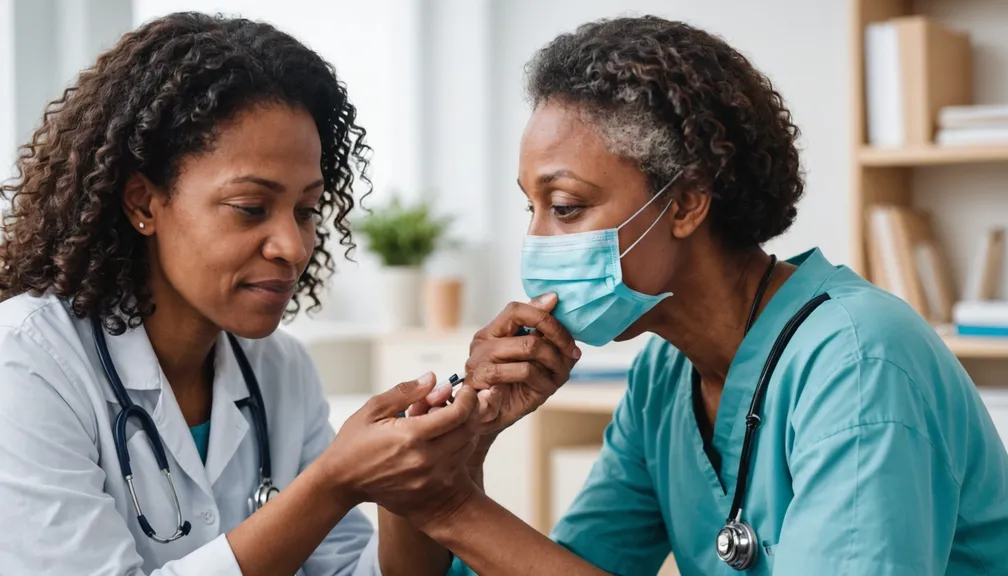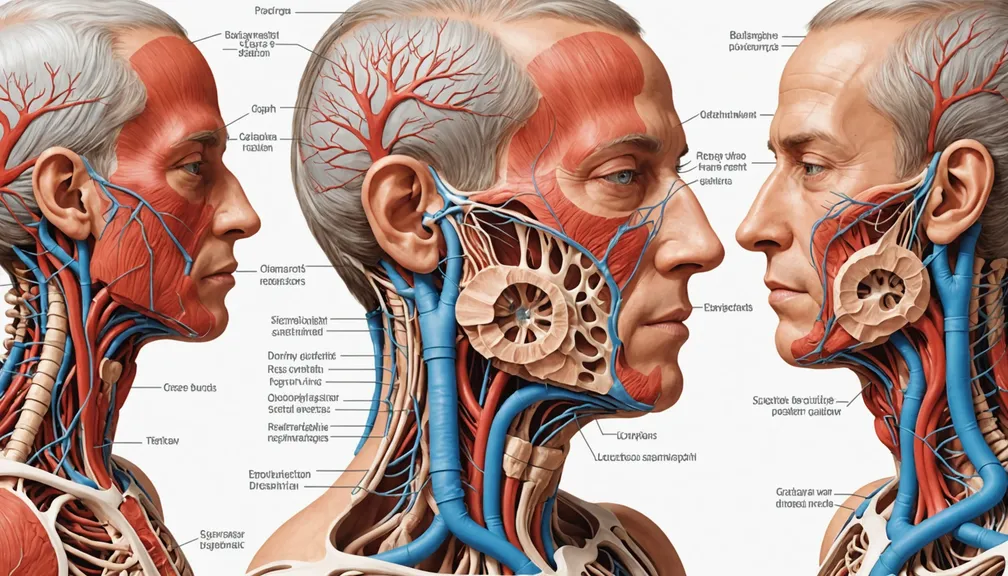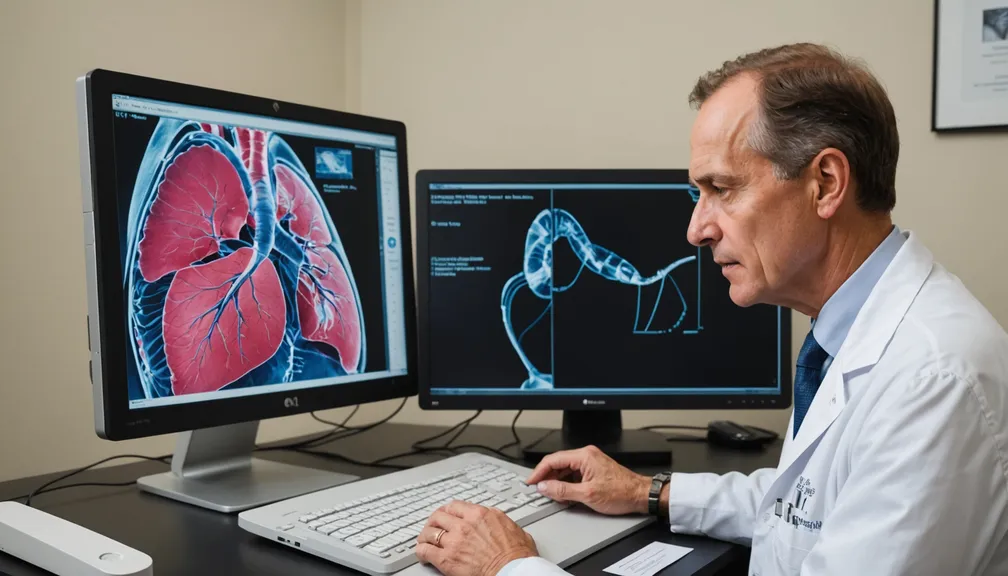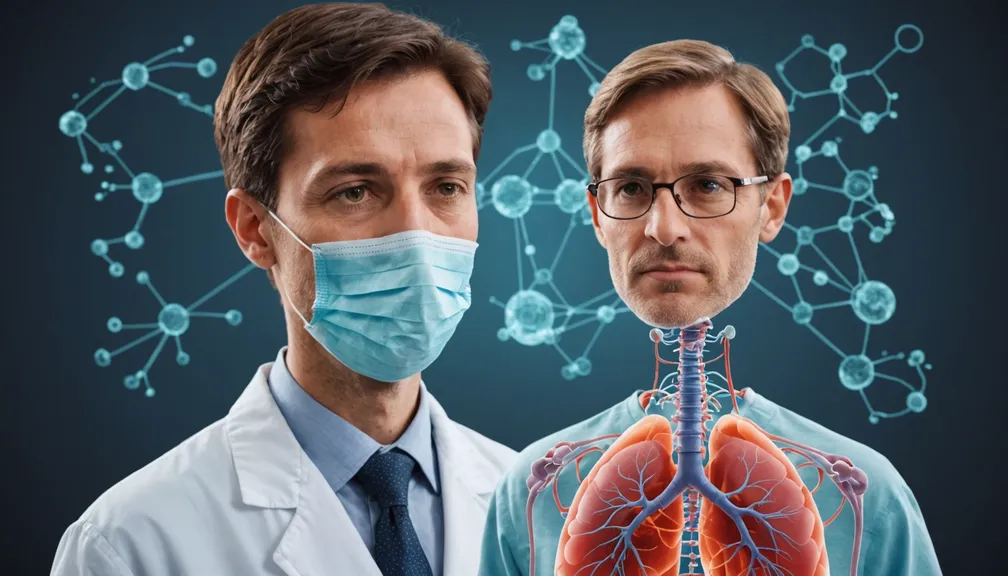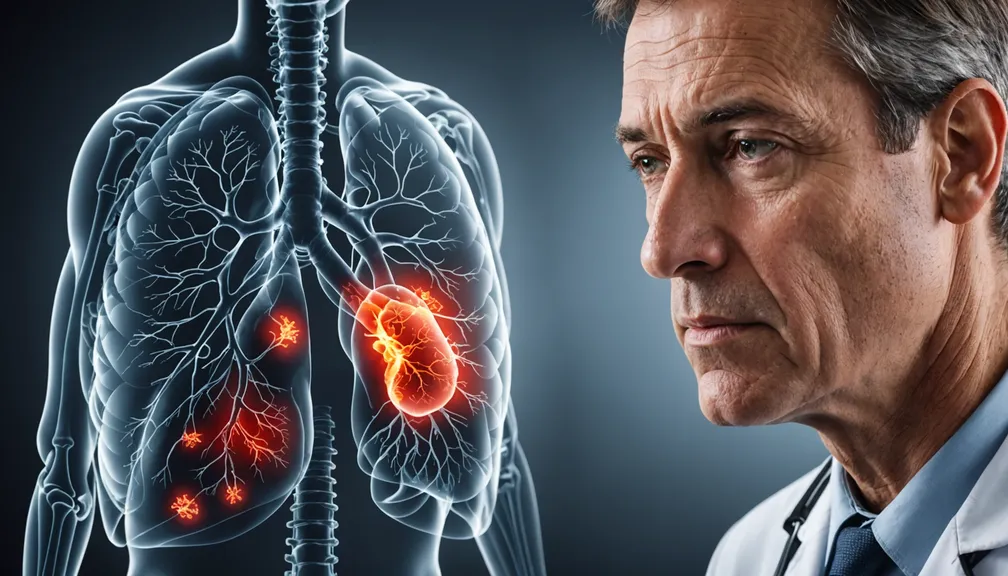Advances in Research: Hope for New Treatments
Understanding the latest advancements in research can provide hope and insight into managing rare respiratory diseases. This lesson explores recent developments that are shaping the future of treatment and improving the quality of life for patients and their loved ones.
Current Landscape of Rare Respiratory Diseases
Rare respiratory diseases, such as idiopathic pulmonary fibrosis (IPF) and pulmonary arterial hypertension (PAH), affect the lungs and breathing mechanisms. Although uncommon, these conditions can significantly impact daily life. Early diagnosis and ongoing treatment are essential for managing symptoms and slowing disease progression.
Common Rare Respiratory Diseases
- Idiopathic Pulmonary Fibrosis (IPF): A condition characterized by scarring of lung tissue, making it difficult for the lungs to function properly.
- Pulmonary Arterial Hypertension (PAH): High blood pressure in the arteries that supply the lungs, leading to heart strain and reduced exercise capacity.
- Cystic Fibrosis: A genetic disorder that causes severe damage to the lungs and digestive system.
- Rare Interstitial Lung Diseases (ILDs): A group of disorders causing progressive scarring of lung tissue.
Recent Advances in Research
Research is continuously evolving, bringing new insights and potential treatments for rare respiratory diseases. Here are some of the most promising advancements:
Innovative Therapies for Idiopathic Pulmonary Fibrosis
- Antifibrotic Medications: Drugs like pirfenidone and nintedanib have been developed to slow the progression of IPF by reducing lung scarring.
- Stem Cell Therapy: Investigations into using stem cells aim to repair damaged lung tissue and restore function.
- Gene Therapy: Exploring genetic approaches to address the root causes of fibrosis and promote lung healing.
Breakthroughs in Pulmonary Arterial Hypertension Treatment
- Targeted Medications: New drugs focus on specific pathways involved in PAH, improving their effectiveness and reducing side effects.
- Combination Therapies: Utilizing multiple medications together to enhance treatment efficacy and manage symptoms more effectively.
- Advanced Imaging Techniques: Improved diagnostic tools allow for earlier detection and more precise monitoring of PAH progression.
Emerging Treatments for Other Rare Respiratory Diseases
- Personalized Medicine: Tailoring treatments based on individual genetic profiles to increase effectiveness and minimize adverse reactions.
- Immunotherapy: Harnessing the body’s immune system to fight inflammation and reduce lung damage in diseases like ILDs.
- Nanotechnology: Developing nanoparticles to deliver medications directly to affected areas in the lungs, enhancing treatment precision.
Hope for New Treatments
The future of rare respiratory disease treatment is promising, with several initiatives underway to develop more effective therapies and improve patient outcomes.
Clinical Trials and Research Studies
- Participation Opportunities: Engaging in clinical trials can provide access to cutting-edge treatments and contribute to scientific advancements.
- Safety and Efficacy: Ongoing studies ensure that new treatments are safe and effective before becoming widely available.
Collaborative Research Efforts
- Global Partnerships: International collaborations enhance research capabilities and accelerate the development of new therapies.
- Patient Involvement: Including patients in research design ensures that studies address real-world needs and challenges.
Regenerative Medicine
- Lung Regeneration: Research into regenerating lung tissue holds the potential to restore normal lung function in affected individuals.
- Bioengineering: Creating artificial lung tissues and organs to replace damaged parts and improve breathing capabilities.
Managing Symptoms with New Approaches
Advancements in research are not only focusing on curing diseases but also on managing symptoms more effectively to enhance the quality of life.
Advanced Respiratory Therapies
- Oxygen Therapy Innovations: Portable and more efficient oxygen delivery systems provide greater mobility and comfort for patients.
- Non-Invasive Ventilation: Techniques that support breathing without the need for invasive procedures, reducing hospital stays and recovery times.
Digital Health Solutions
- Telemedicine: Remote consultations and monitoring allow for continuous care and timely interventions.
- Health Apps: Mobile applications help track symptoms, medication schedules, and provide educational resources.
Holistic and Integrative Approaches
- Physical Therapy: Tailored exercise programs improve lung capacity and overall physical well-being.
- Nutritional Support: Diet plans designed to strengthen the body and support respiratory health.
- Mental Health Services: Counseling and support groups address the emotional challenges associated with chronic respiratory diseases.
Support and Resources
Accessing the right support and professional care is crucial in managing rare respiratory diseases effectively.
Types of Doctors and Health Professionals
- Pulmonologists: Specialists in lung diseases who oversee diagnosis and treatment plans.
- Respiratory Therapists: Professionals who provide therapies to improve breathing and lung function.
- Cardiologists: For conditions like PAH, cardiologists manage heart-related aspects of the disease.
- Genetic Counselors: Offer guidance on genetic conditions like cystic fibrosis and family planning.
- Physical Therapists: Help maintain mobility and strength through specialized exercise programs.
- Mental Health Professionals: Provide emotional support and strategies to cope with chronic illness.
Community and Support Networks
- Support Groups: Connecting with others who share similar experiences can provide emotional comfort and practical advice.
- Patient Advocacy Organizations: These groups offer resources, education, and advocacy for patients with rare respiratory diseases.
- Care Coordinators: Professionals who help navigate the healthcare system, manage appointments, and access necessary services.
Staying informed about the latest research and available treatments can empower patients and their loved ones to take an active role in managing rare respiratory diseases. Advances in medical science continue to bring hope for more effective treatments and improved quality of life.

